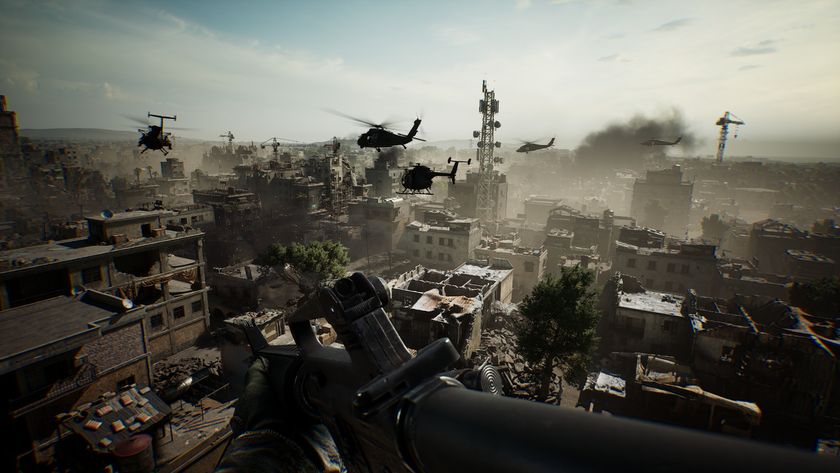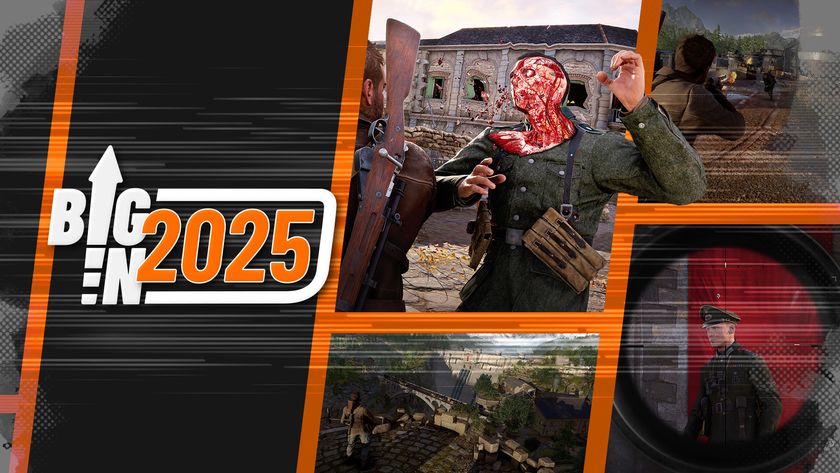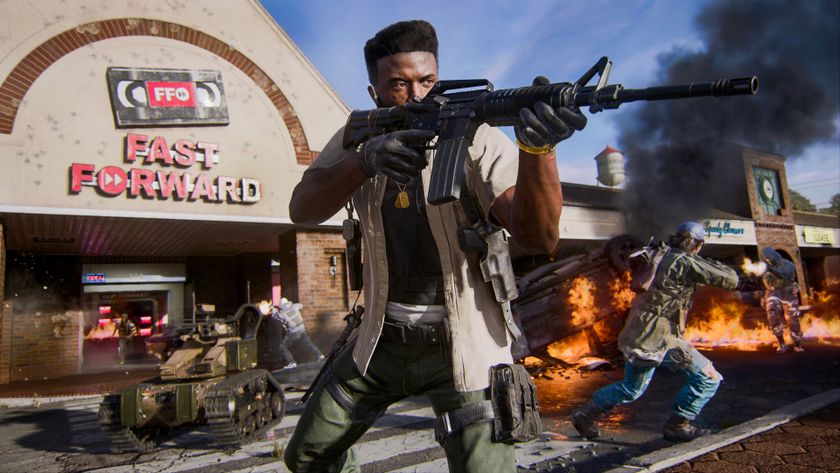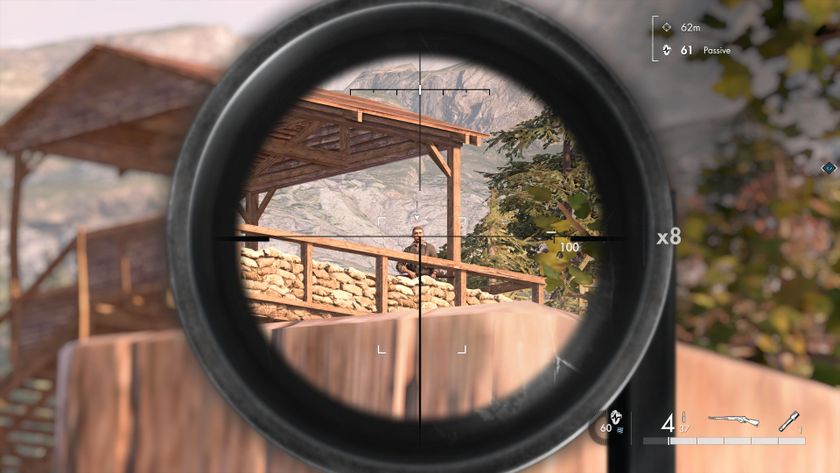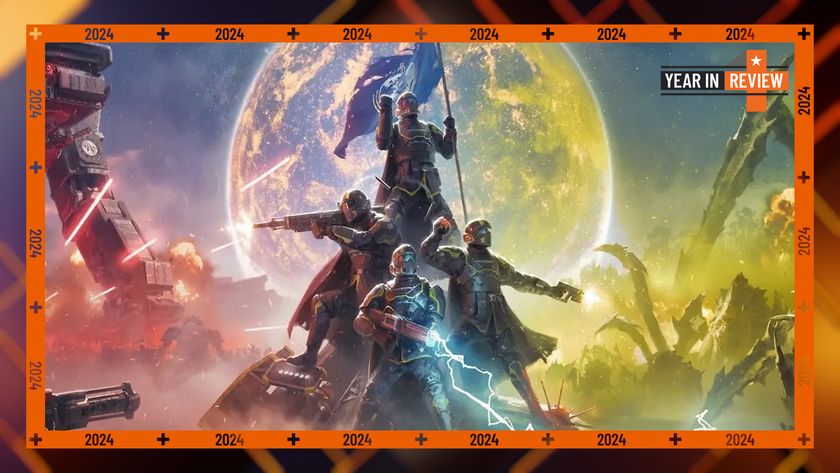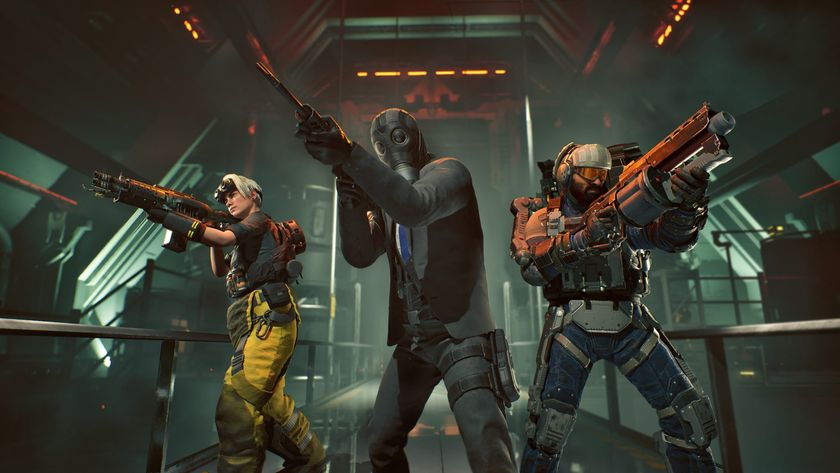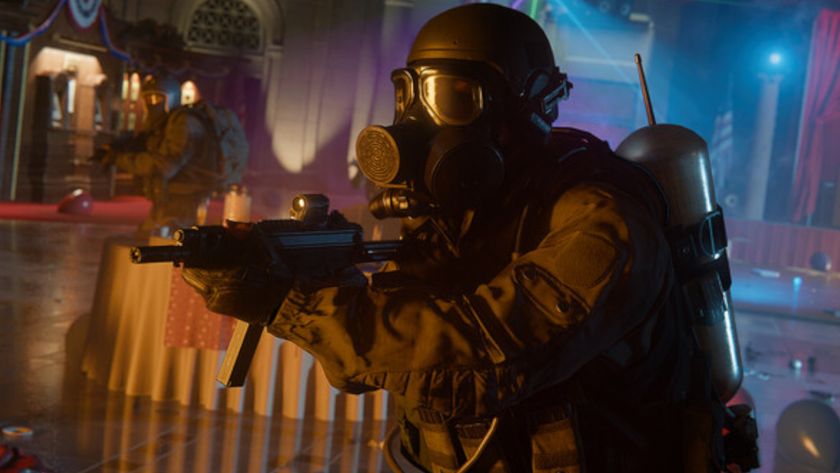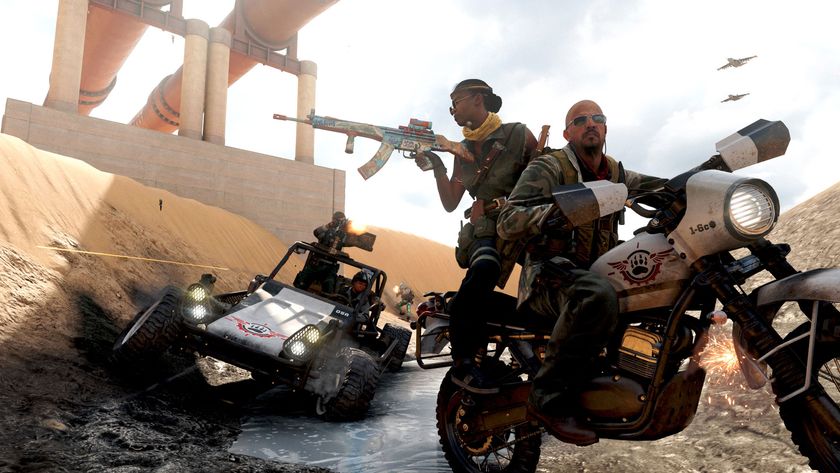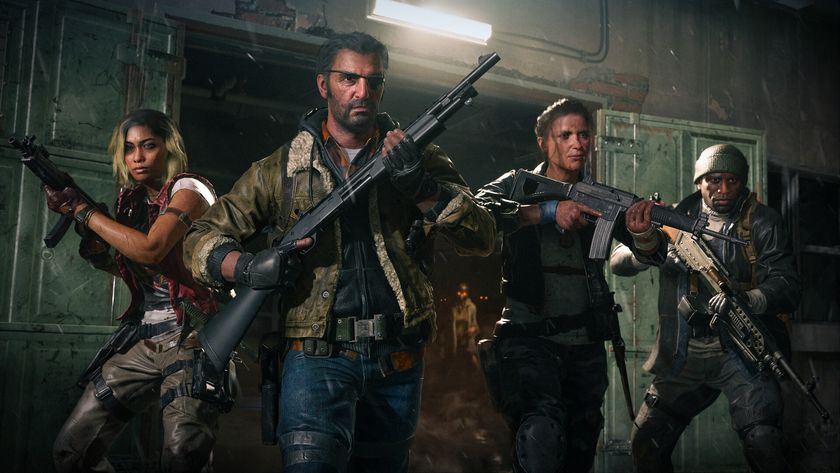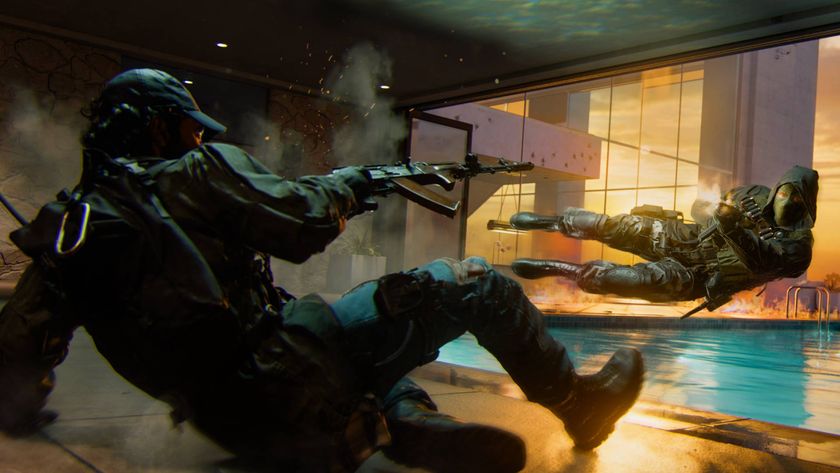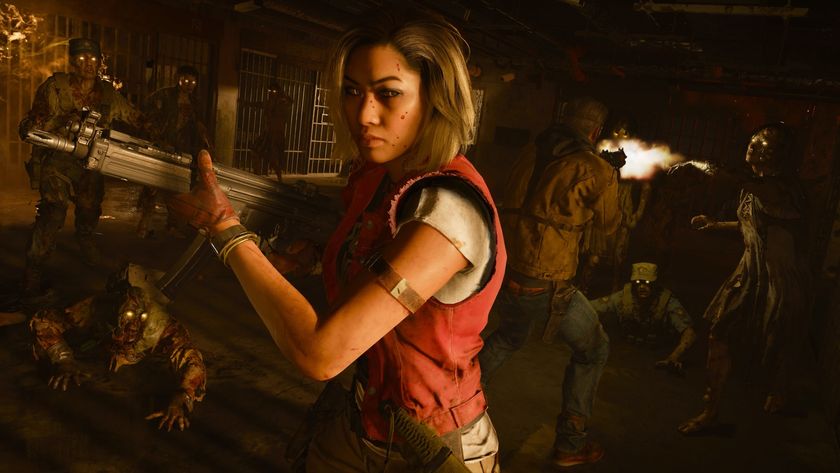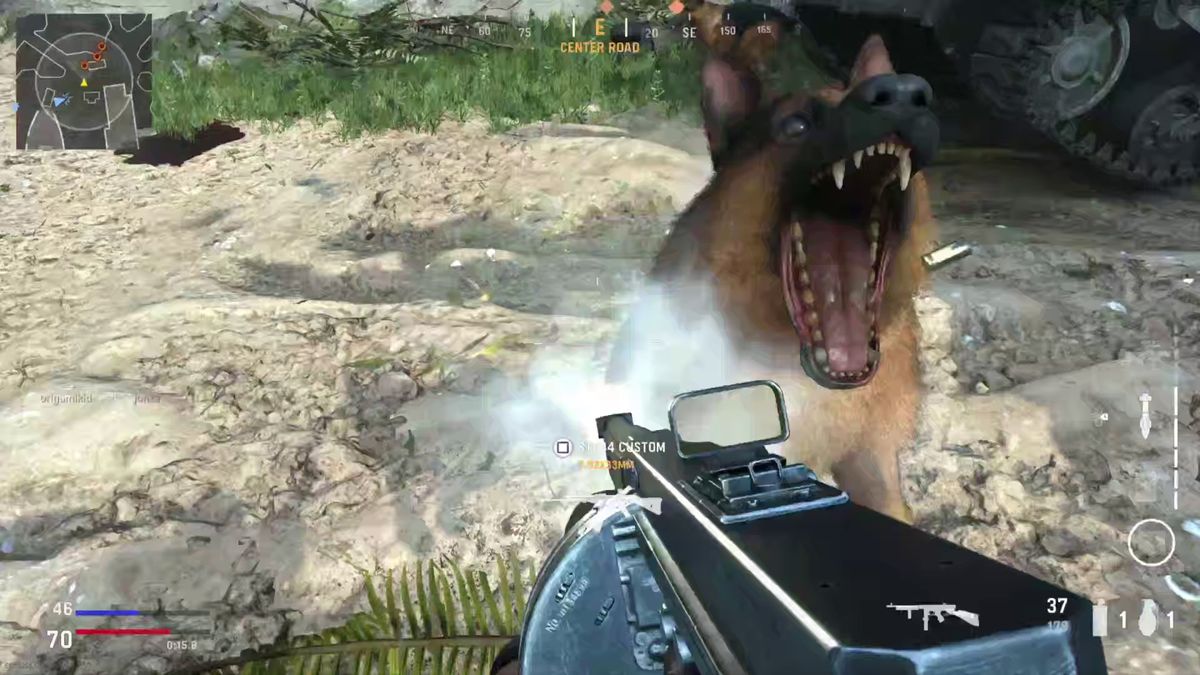
Here's a controversial opinion for you: I believe that it should be easier to shoot a digital dog that's been trained for war dead than a player-controlled aggressor – even if that virtual soldier happens to be dressed in Nazi regalia. That was true in 2008, when Treyarch upended the multiplayer balance of Call of Duty: World at War with its Dogs killstreak, and it's true once again in 2021, as Sledgehammer brings Attack Dogs into the fray for Call of Duty: Vanguard.
I had heard that dogs were returning as a killstreak in advance of the Call of Duty: Vanguard open beta and was admittedly disappointed. I had an almost visceral reaction to the news, as decade-old memories of being eviscerated by waves of bloodthirsty Belgian Shepherd Malinois were conjured from the ether. Still, I tried going into Vanguard with an open mind, hoping that Sledgehammer could do what Treyarch never has – balanced canines within the broader context of Call of Duty's intensely competitive multiplayer shootouts.
Having spent a number of hours with the Call of Duty: Vanguard beta on PS5, it's clear to me that Attack Dogs are a real problem – their presence destined to be a constant source of frustration from the November 5 release through to the day Infinity Ward shepherds us into its sequel to Modern Warfare. Whether you're able to pick out the high-pitch 'whistle' over the sound of gunfire, signaling that a pack of highly-motivated Dobermans are about to materialize out of thin air as a reward for camping out 10 kills, or hear the inevitable stream of expletives being barked out through the DualSense speaker as the animals begin running riot through your team, it's difficult to resist the urge to put down the controller and walk away until the killstreak resolves itself.
There are no 'Good Boys' in war
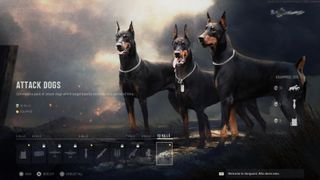
The problem with Attack Dogs is two-fold. Firstly, they soak up bullets. They always have done and continue to do so – it's perhaps one of the most consistent elements of the Call of Duty multiplayer across no fewer than five installments. I'd imagine that the reason for this is that calling in a pack of dogs is supposed to be a reward for surviving long-enough to down 10 enemies, and a substantial enough replacement for the Chopper Gunner, Paratroopers, White Phosphorus, or equivalent killstreak that other games in the series have called upon to celebrate that particular milestone. Slaying dogs as easily as you can players who are still grappling with the tight sprint-to-fire time or jumping around like it's a round of Fortnite would reduce the impact of Attack Dogs.
That's doubly frustrating as the Attack Dogs are difficult to pinpoint. Nailing headshots on players is easy enough once you sink some time into Gunsmith, but the dogs of war continue to cause problems in this area. Now, I'm willing to throw my hands up and acknowledge that this may be an issue unique to console players – those wielding a mouse in their hand will typically have a freer range of movement over the reticule than their friends with controllers – but hitting Attack Dogs is difficult. They move faster than just about anything else in multiplayer, they can reduce your health to zero near-instantaneously, and they're extremely low to the ground. By the time you hear the barking, you're already as good as dead.
Typically, Call of Duty is played across the full extent of the X-axis while your movement on the Y-axis will rarely drift beyond the midpoint of the screen – you shouldn't be shooting at an enemy's legs, not when damage scales exponentially between the stomach, chest, and head. We've been trained through 21 years of Call of Duty online multiplayer to keep our eyes and our reticles trained away from the ground. It's why S-Mine 44, proximity mines, and claymores are such a perpetual pain in the ass. Attack Dogs fight against the natural flow of a Call of Duty engagement and it's frustrating to encounter, particularly in Vanguard's labyrinthian maps where flanking routes can gradually open up over time.
Attack Dogs don't work in Call of Duty. They made navigating World at War a nightmare, particularly when paired with lobbies of players running with the Martyrdom Perk – mercifully, this has not returned for Vanguard, which was once a worry given Sledgehammer introduced the short-fuse live grenade for a Throwback Moshpit in 2017's Call of Duty: WW2. Treyarch has continued to try and make Dogs work over the years and it's still never quite come together. With Black Ops, the studio upped the required kills from seven to 11 for activation – shifting their unlimited respawns over a 60 second period down to just four initial dogs with four in reserve – but allowed the animals to kill in a single bite. Disaster.
Sign up to the 12DOVE Newsletter
Weekly digests, tales from the communities you love, and more
In Black Ops 2, the dogs appeared again, this time as the K9 Unit – a 1700 scorestreak that would also add an additional 50 points towards your score for every kill, proving to be a quick method of getting your hands on more powerful and explosive toys. Infinity Ward introduced a Guard Dog killstreak in Call of Duty: Ghosts as part of its post-launch Wolf DLC, while Call of Duty: Back Ops 4 let one of its Specialists, Nomad, summon a dog to hunt down rival players or patrol selected areas of the map. Getting killed by a player is one thing, an AI dog that's difficult to hit, soaks bullets, and is able to kill quicker than you can jab at the melee input isn't fun. It's never been fun and it rarely feels fair – a poison chalice for a competitive experience like Call of Duty.
Attack Dogs didn't feature in any of Sledgehammer's previous Call of Duty games, something that gave me hope we might avoid it entirely in Vanguard. Dogs were rumored to have been a cut scorestreak in both Call of Duty: Advanced Warfare and Call of Duty: WW2, discovered by data miners and the like back in the day, and were made all the better by their absence. And so Vanguard is the studio's first stab at bringing them to live servers and I can't say that I'm impressed. Sure, there's a morbid satisfaction in activating them, sitting back, and watching the live kill-feed that adorns the left-hand side of the UI track a truly brutal stream of kills. But I don't feel good about it, knowing that players on the other team are just as upset as I would be.
Lessons learned from the beta
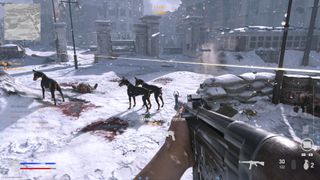
I sincerely believe that Sledgehammer will work with the data this open beta provides to take another look at the implementation of perks in Call of Duty: Vanguard. The Glide Bomb and Deathmachine return from Black Ops Cold War and feel misplaced in their current incarnation, while the Warmachine and Flamenaut are too difficult to properly counter. But there's little that can be done to the Attack Dogs to resolve the issues inherent to their implementation. What worries me is that, with Call of Duty: Warzone rumored to be introducing a World War 2 themed map to reflect Vanguard as the primary experience for 2022, that Attack Dogs could enter Verdansk in the same way Treyarch's RC-XD – it would upend balance so severely that I can't bring myself to believe it could ever happen.
And hey, even if you don't care as much about the Attack Dogs' debilitating impact on flow, balance, and temperament as I do, have a heart for the those who signed up to Call of Duty: Vanguard to shoot at Nazis – not to hear the howls of anguished animals as they are gradually peppered with bullets and shrapnel. Regardless, Call of Duty: Vanguard's Attack Dogs create more problems than they solve, and the entire multiplayer experience would be better off without them.
Read more: Call of Duty Vanguard beta is a familiarly fun experience, but I'm craving something new.

Josh West is the Editor-in-Chief of 12DOVE. He has over 15 years experience in online and print journalism, and holds a BA (Hons) in Journalism and Feature Writing. Prior to starting his current position, Josh has served as GR+'s Features Editor and Deputy Editor of games™ magazine, and has freelanced for numerous publications including 3D Artist, Edge magazine, iCreate, Metal Hammer, Play, Retro Gamer, and SFX. Additionally, he has appeared on the BBC and ITV to provide expert comment, written for Scholastic books, edited a book for Hachette, and worked as the Assistant Producer of the Future Games Show. In his spare time, Josh likes to play bass guitar and video games. Years ago, he was in a few movies and TV shows that you've definitely seen but will never be able to spot him in.
